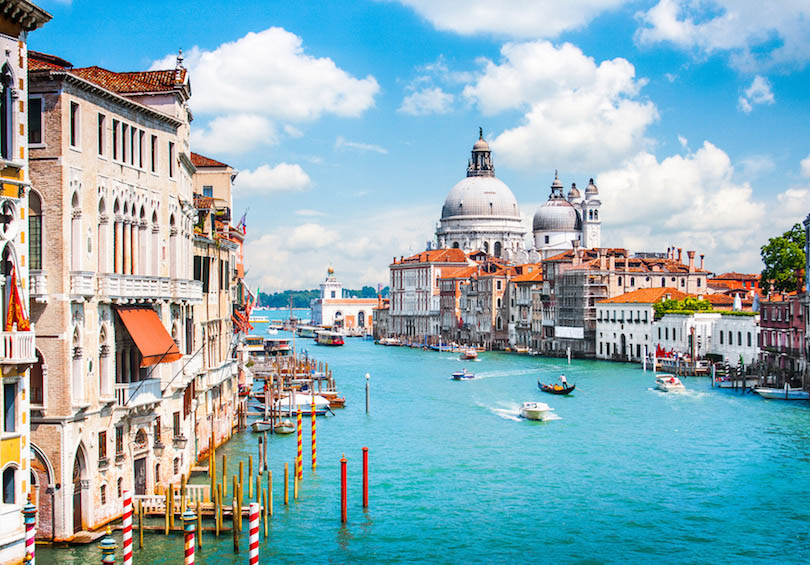northern italy's geography
From Alpine mountains and glacial lakes, to the sunny shorelines of the Italian Riviera and Adriatic Sea, the geographical diversity of northern Italy is undoubtedly its most striking characteristic. Nestled within the cities and landscapes of the regions are a host of culinary pleasures and cultural treasures from Leonardo da Vinci’s masterpiece, “The Last Supper,” to the lagoon city of Venice.
Encompassing Italy’s wealthiest provinces, northern Italy is a premier destination when it comes to luxury resorts and upscale accommodations. Whether sampling fine wine and dining on world-class cuisine or exploring ancient castles, cathedrals and churches, the region offers all of the memorable experiences a visitor could desire from a vacation in Italy. We can easily include dozens of locations, such as sophisticated Turin and the remarkable vineyards, towns and cities of the Piedmont’s Langhe Valley. Mantua and Cremona are beautiful, historic cities in Lombardy and for gourmet cuisine, Modena and Parma in Emilia Romagna are not to be missed. Further north, a visit to Merano, the Alpine City of Flowers, is a delight no matter what the season. The Italian Tribune has featured all of these locations in our extensive series “The Provinces of Italy,” many of which can be viewed online at www.italiantribune.com. As you begin to make your travel plans, we would like to spotlight ten location for travels to the north.
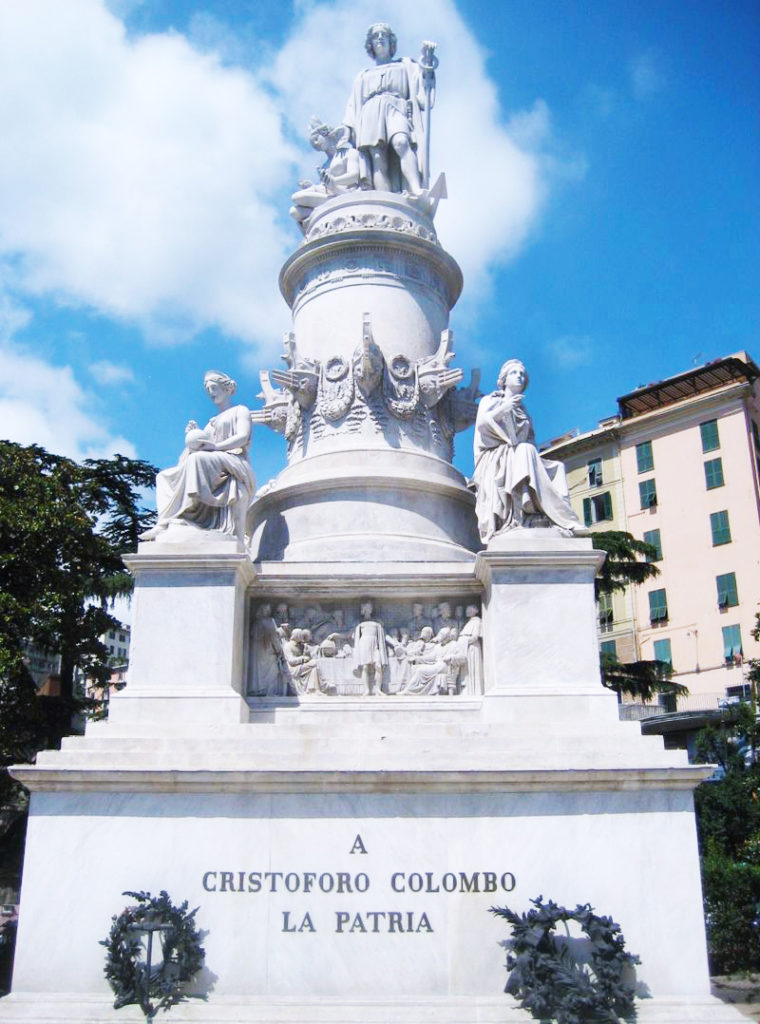
genoa and portofino
We begin in Genoa, which is sometimes overshadowed by the popularity of other Italian cities like Rome and Florence, but it is one of the country’s true hidden jewels. As the capital city of the Liguria region on the northwest coast of Italy, Genoa is famously known as the birthplace of Christopher Columbus. The city’s shining crown is its historic center, which features narrow, winding streets that reveal surprising gems at every turn, with marvelous architecture and artistic treasures. At the base of the city center is the historic seaport. Docked with cruise liners, yachts and fishing boats, Genoa’s seaport today sports a trendy renovation of new features, including a bustling marina, waterfront restaurants and the Aquarium of Genoa.
To the east, Portofino is known for its picture-perfect harbor and beautiful scenery. With its seemingly haphazard rows of hilltop and waterfront homes, Portofino is one of the prettiest towns on this famed stretch of the Italian Riviera. Located just a short drive south of Genoa, the little village has been a popular day-trip destination for centuries. It is a favorite stopping point for cruises and the cluster of yachts floating in the harbor only adds to Portofino’s visual appeal. Short climbs up the hillside to the medieval Castello Brown, the historic Church of San Giorgio or the lighthouse at Punta Portofino offer photographic views of the charming town.
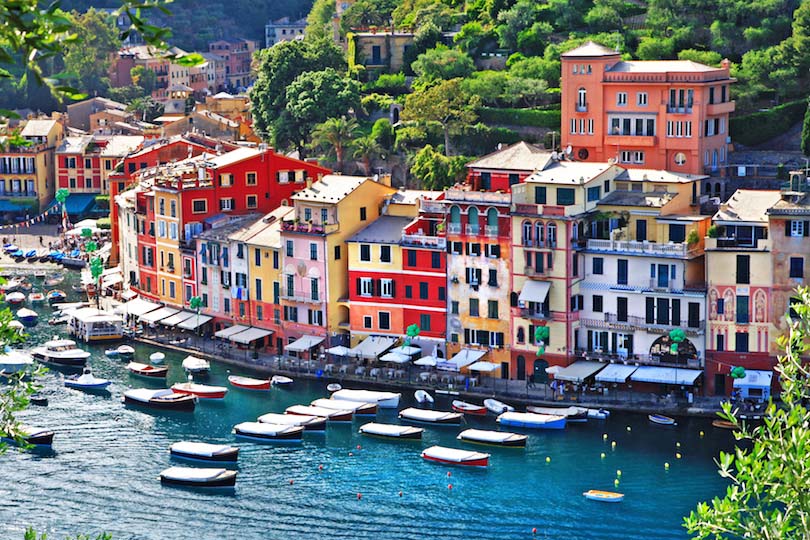
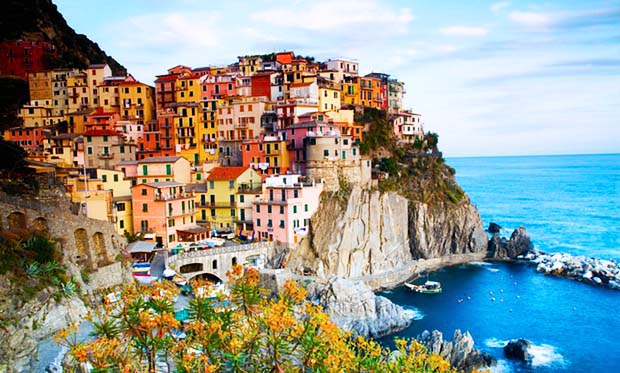
the villages of cinque terre
Continuing to the southeast along the coast brings visitors to Cinque Terre, undeniably one of the most beautiful areas of Italy. A visit to just one of the five villages of Riomaggiore, Manarola, Vernazza, Monterosso and Corniglia will confirm this. Made to grace picture postcards, the towns are built on steep hills and atop high cliffs overlooking the Mediterranean. It does not get much more scenic than this. Most towns are reachable only by train and comfortable walking shoes are a must, since cars are not allowed in the older sections of these remarkably scenic towns.
If you want to head to the northwest through the wine country of Langhe and cosmopolitan Turin, an entirely different experience awaits at Gran Paradiso National Park. Extending across the Aosta Valley and Piedmont regions in northwest Italy, it is one of Europe’s largest and best preserved wilderness areas. It is named for Italy’s highest peak, Gran Paradiso, the only mountain in the Alps that lies entirely within Italy’s boundaries. The area was designated its first national park in 1920 and is a hiker’s paradise from the late spring until fall, especially when flowers are in bloom.
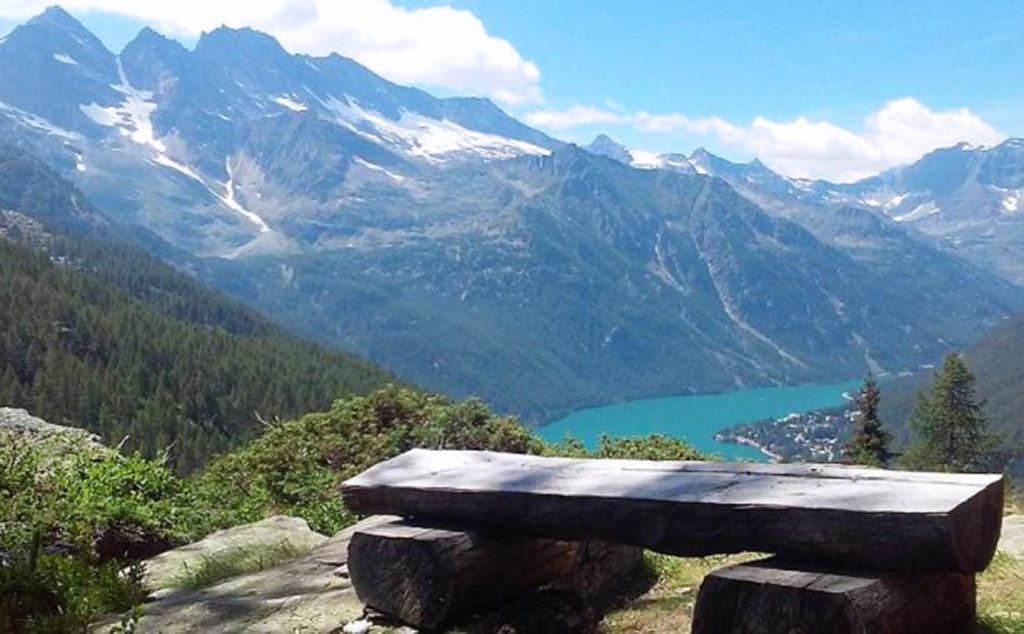
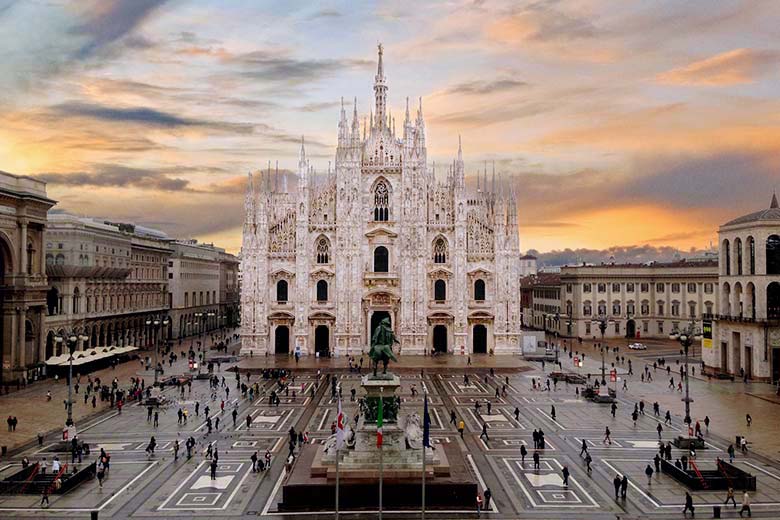
milan and bergamo
Traveling east brings you to the historically important city of Milan. Nearly destroyed by heavy bombing during World War II, it was reconstructed and now shines as the country’s financial and fashion capital. Milan’s most famous site is the Santa Maria della Grazie where visitors find Leonardo’s “The Last Supper.” The 14th century Sforzesco Castle houses the exhibits of the Museo d’Arte Antica, which includes Michelangelo’s “Pietà Rondanini.” Decked out in sumptuous red and gold, the 18th century La Scala opera house is a must-see attraction, as is the Duomo, one of the world’s largest and most famous Gothic cathedrals. When it comes to shopping, the Galleria Vittorio Emanuele II is the place to go for the best of Italy’s haute couture designs.
A location that is all too frequently overlooked by visitors is Bergamo. Nestled against the foothills of the towering Bergamese Alps, about 20 miles to the northeast of Milan, Bergamo is comprised of two distinct cities. The Città Alta, or upper city, is a Medieval town surrounded by 16th century walls, while the lower section known as Città Bassa is a relatively modern city. Most visitors head straight to the old town to explore the beautifully preserved Medieval and Renaissance architecture, with its picturesque piazzas and the ornate Basilica of Santa Maria Maggiore, the final resting place of the composer Gaetano Donizetti. With its extensive collection of paintings by Raphael, Botticelli and Canaletto, the Accademia Carrara is an attraction that cannot be missed.

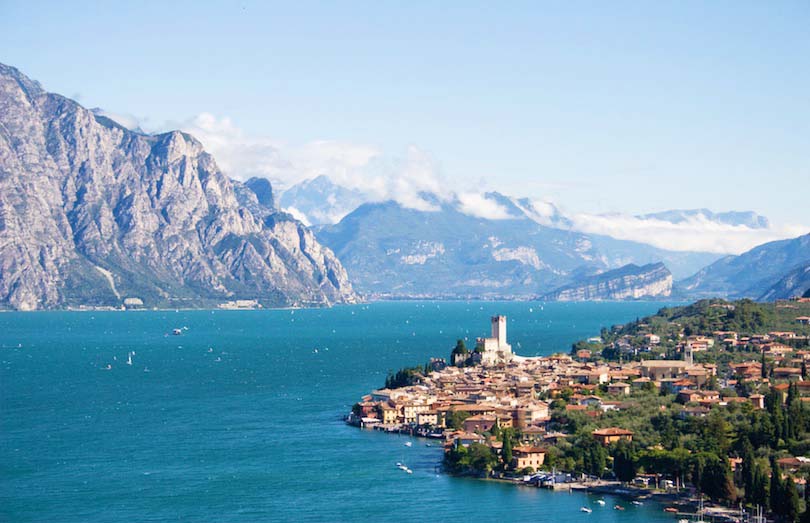
lake garda and bologna
Continuing east brings you to Lake Garda, the largest of the glacial lakes of the Lombardy region, bordered by Alpine peaks to the north and flat plains to the south. Gardens, orchards and forests rim the shore, providing a scenic backdrop for visitors seeking rest and recreation. The southernmost town of Sirmione features natural hot springs, a castle and the Grotte di Catullo, the largest collection of Roman ruins in northern Italy. On the northern shore of the lake lies Riva del Garda, which is the destination of choice for visitors interested in outdoor activities, ranging from swimming to sailing.
Italy’s Annual Asparagus Festival
Heading south from Lake Garda brings one to Bologna. Called La Rossa for its red brick buildings and tile roofs, it is the capital and largest city in the Emilia Romagna region. Bologna is also an architecture lover’s dream. Although best known for its medieval towers and extensive porticoes, thanks to extensive restoration, Bologna’s architecture includes Etruscan and Roman structures as well. Founded in 1088, the University of Bologna also demands a visit. It is the world’s oldest institution of higher learning and still enrolls thousands of students each year. No trip to Bologna is complete without a visit to Piazza Maggiore, where the still-unfinished façade of the Basilica of San Petronio makes its beautiful interiors appear all the more remarkable. For those who are enthralled by spectacular cars, Bologna is at the heart of Italy’ famed motor valley, with the headquarters of many famous marques nearby.
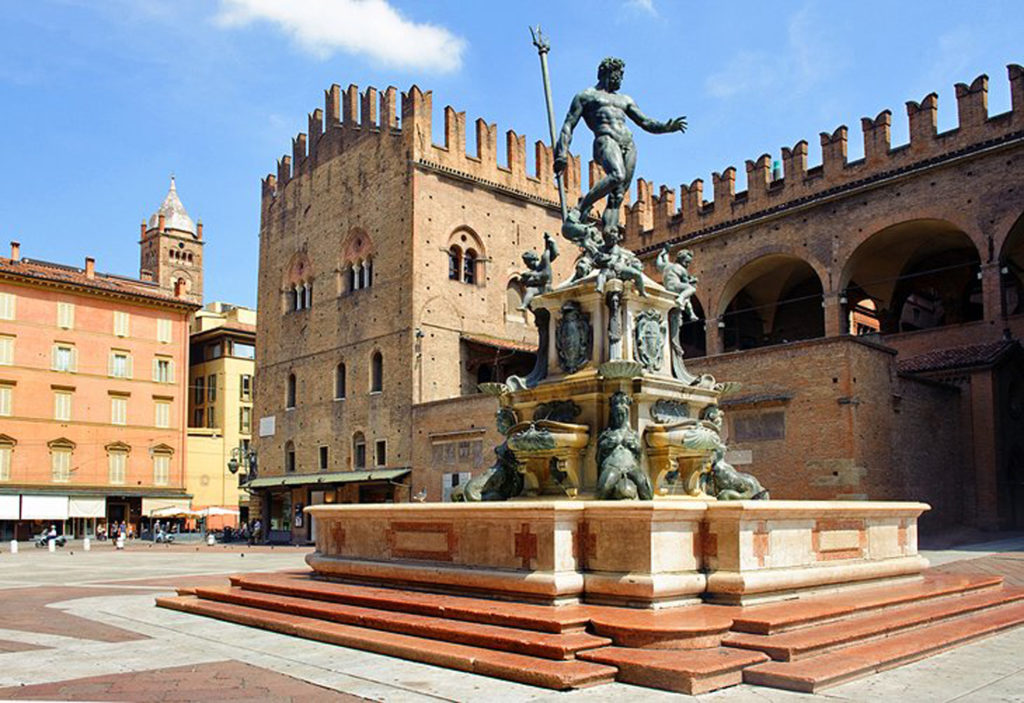
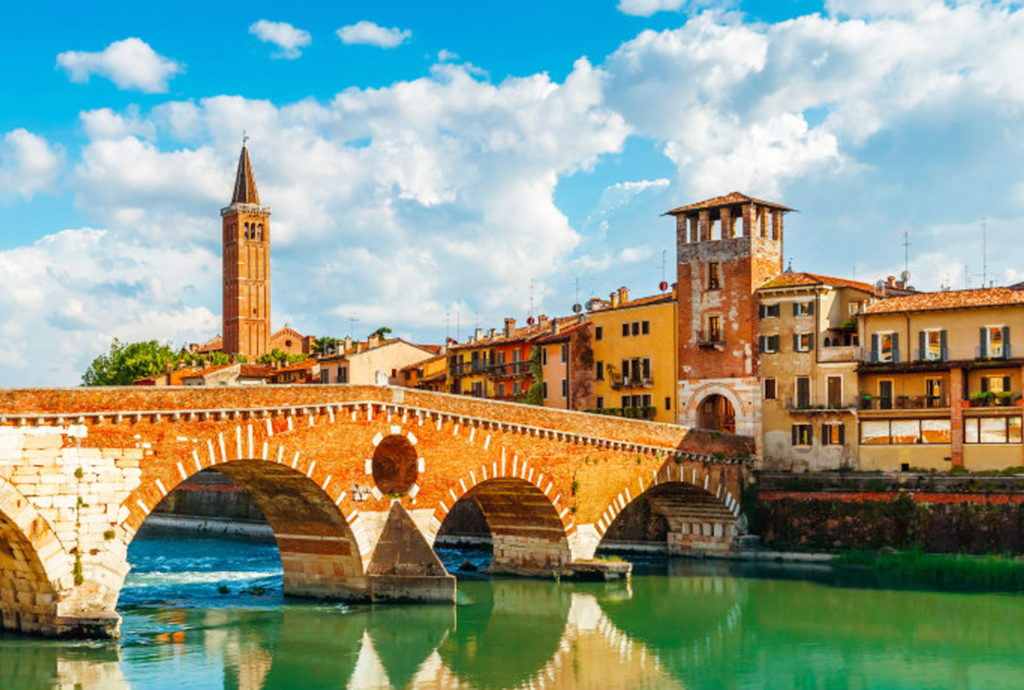
the veneto region
The journey continues into the Veneto region to the north and the city of Verona, best known as the setting for Shakespeare’s play “Romeo and Juliet.” The picturesque city is filled with Roman ruins, Renaissance palaces and Medieval buildings. The city receives a bit less attention from travelers than would be expected, but that is surely not due to a lack of attractions. It was recently named one of the world’s “Ten Best Small Cities to Visit” by an international travel site. Verona offers visitors the chance to enjoy all of the charms of an ancient Italian city without the crowds.
And then there is Venice…it might be simply the most perfect destination for a romantic getaway. The city is famed for its canals and buildings that rise up from the Adriatic Sea as if by magic. There is a timeless essence to Venice that has attracted and engaged travelers for hundreds of years. While many will take a ride in a gondola, there is so much more to see. Visitors flock to the sidewalk cafés of St. Mark’s Square. Inside the Basilica of San Marco lies a treasure trove of jewel-encrusted altarpieces, icons and holy relics, including the marble-canopied tomb of St. Mark. On the nearby islands of Murano and Burano, there are artisans at work making glass and lace, while outside are brightly colored homes amid ancient churches and towers. It is a magnificent place to end your travels to the north.
